The Top 5 360-degree Cameras of 2017
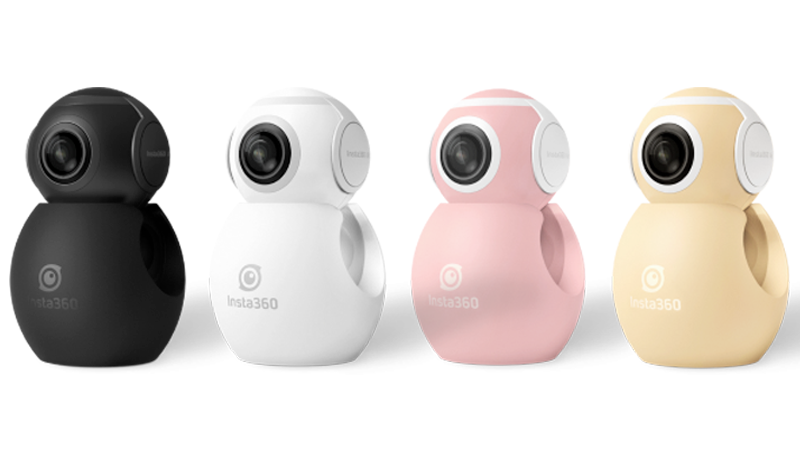
A 360-degree camera is a device that can capture the world that surrounds it. If you’re thinking about buying a 360-degree camera, you should first think about what you’re going to use it for. Some models feature rugged, all-weather designs and also fit solidly in the action cam category. You can opt for a model that isn’t rugged if your needs aren’t very outdoorsy. If your needs are more professional, you’ll need to spend more than a couple hundred dollars.
Insta360 Air:
On our list of the best 360-degree cameras, Insta360 Air comes first. The Insta360 Air works with multiple Android devices. It’s dual lenses capture 360-degree video. It supports Facebook and YouTube live streaming. The Insta360 Air is available in micro USB or USB-C and is powered by a phone. With Insta360 Air, video filters are available. But the problem with Insta360 Air is that it saps your phone battery and has a not so amazing video quality. Its design encourages selfie videos. The camera offers good 360-degree video capturing at a reasonable price. But the camera is held back by medium resolution and battery-draining power requirements.
Kodak Pixpro SP360 4K:
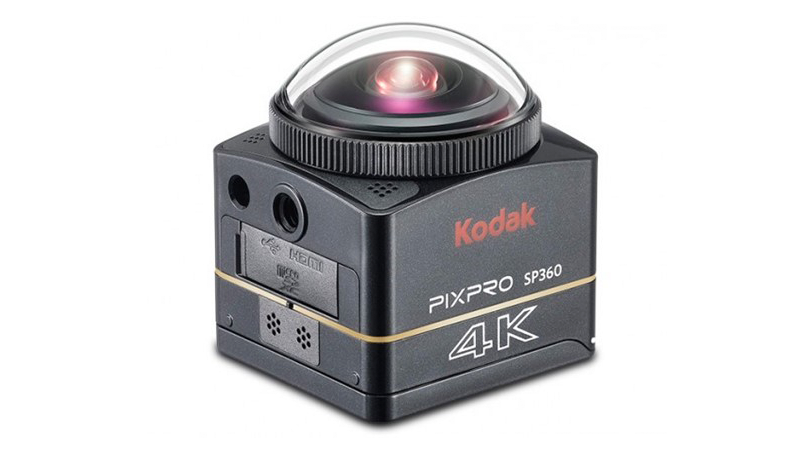
On the second position, we have the Kodak Pixpro SP360 4k that captures 360-degree video. The camera also records in 4K and has Wi-Fi with NFC. The camera comes with a standard tripod mount. It is available with an accessory bundle. The camera also has waterproof housing available. But the drawback of this camera is that it has a disappointing smartphone and desktop software. Also, the video edges are soft. There is purple fringing in high contrast areas. The Kodak Pixpro SP360 4K is one of the first 360 degree cameras to add 4K support. But the resolution is still a problem here.
Nikon KeyMission 360:
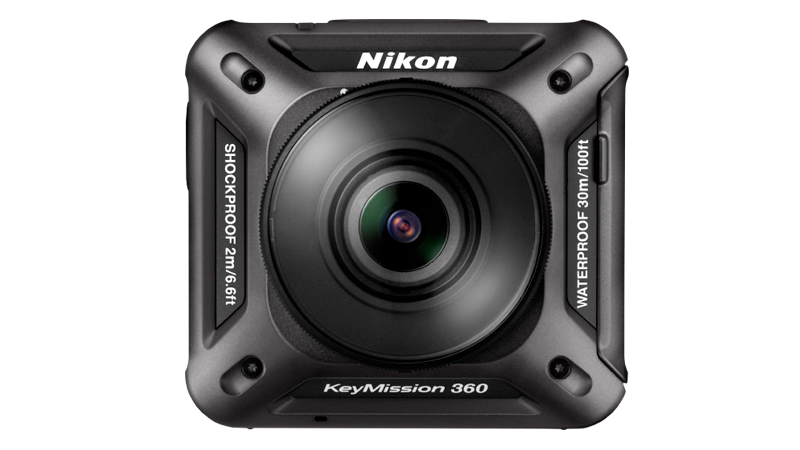
The Nikon Keymission 360 offers pre-stitched 360-degree 4K video. It comes with 29MP still capture and is waterproof up to 100 feet. The camera has Wi-Fi remote control and electronic vibration reduction. It supports both Mac and Windows desktop software. But the camera doesn’t double as a traditional action cam. The Nikon KeyMission 360 has a pretty short battery life and huge file sizes. Also, another major drawback is that 4K resolution is at 24fps only. There is no mic input. The mounts aren’t GoPro compatible. The Nikon KeyMission 360 delivers strong quality video. But the technology of this camera is still in its infancy.
Ricoh Theta S:
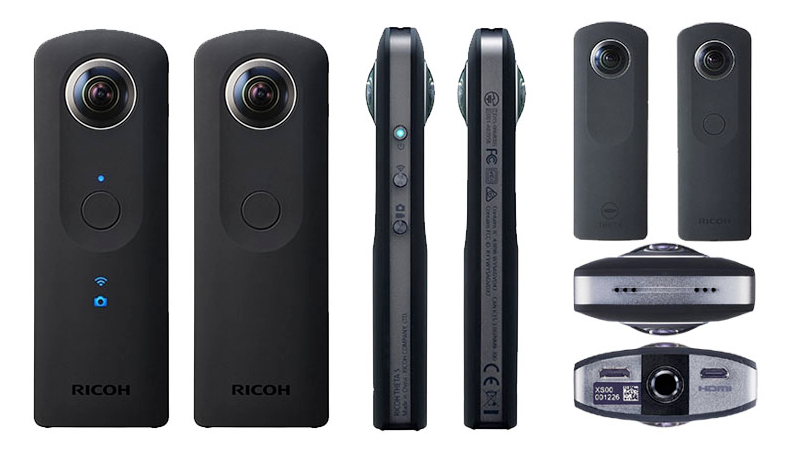
Next up on the list, we have Ricoh Theta S. The camera captures 360-degree images and video. It can be remote controlled via smartphone app. It offers loud service for image sharing. The camera is compact in size and has a non-rugged design. But the video is on the soft side and it has a fussy Mac software. Also, the wi-Fi video transfer is slow and can take a while. The Ricoh Theta S is capable of capturing still images and smooth video.
Ricoh Theta SC:
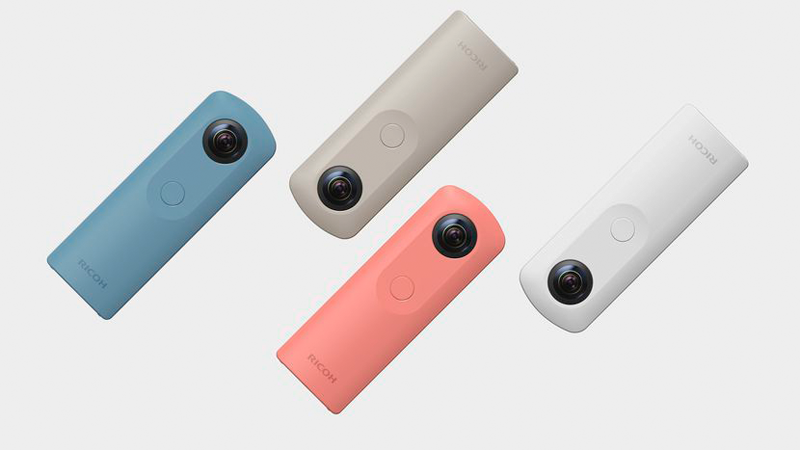
The last camera on the list is also from Ricoh. It is the Ricoh Theta SC. The camera has a slim and compact design. It has a 360-degree still and video capture. It offers manual exposure control and has an easy operation. It also stands up on its own. It has a tripod socket. The camera is available in multiple colors. But it has got an underwhelming video quality and a splintered smartphone app ecosystem. The video transfer on this one is also slow. The SC camera has no live streaming support. The Ricoh Theta SC camera offers a stills-first approach to 360-degree capture.
Conclusion.
The above-mentioned list has a variety of cameras, some suitable for you, some not so suitable for you. You can read about the cameras mentioned and choose the one that best suits your style and requirement.




